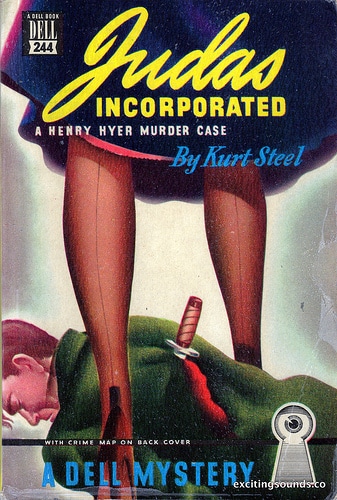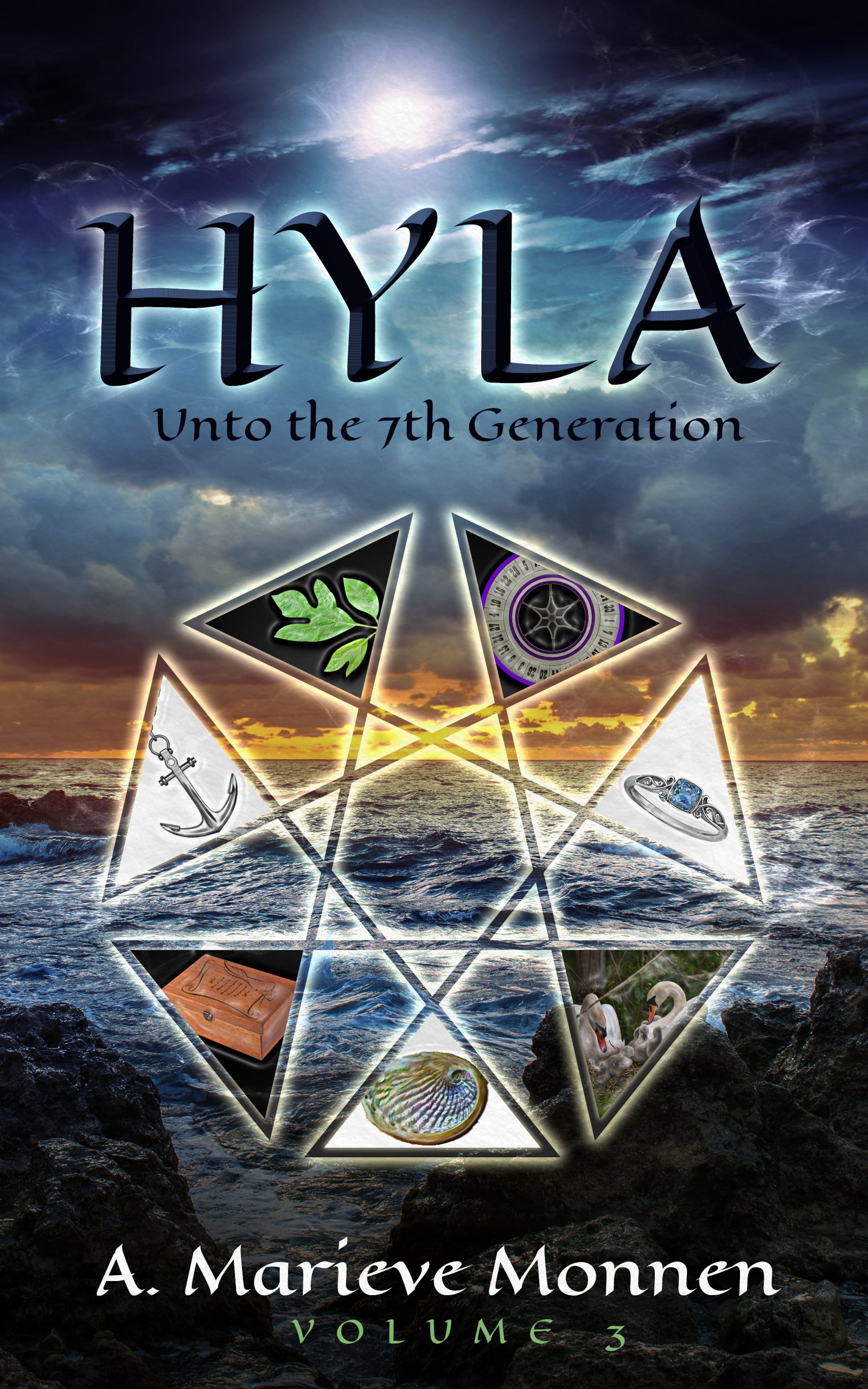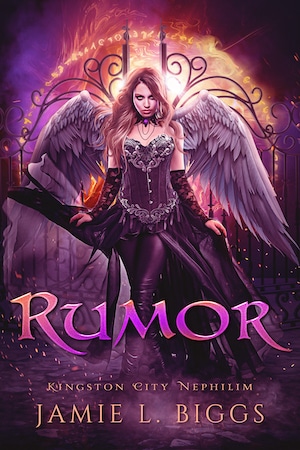
by Guest Blogger |
You’re a writer, and you’re also a person who has some family, friends and acquaintances, which means you’ll eventually have to reconcile a basic conflict: Writing about the people you know without ticking them off.
Writing about people you know can get uncomfortable quickly. A fiction writer might say, “I hope my boss doesn’t realize I made him the ruler of the underworld in this story, or I might be looking for a new job soon.” Or “When this is published,” a nonfiction writer might worry, “some of these people might never talk to me again.”
Just changing names or a few details here and there isn’t enough to successfully address these issues. (Even writing only positive things doesn’t always work!) Here are five less-conventional ways to get what you want on the page without getting disowned by your family, dumped by your friends, and most importantly, losing the essence of what you’re trying to say.

by The Magic Violinist |
When you get up and get dressed for the day, why do you pick out the clothes that you do? Are you looking for comfortable clothes to fully enjoy your lazy Saturday? Are you attempting to look professional in your work uniform? Maybe you never even change out of your pajamas.
Showing what your characters are wearing can be a great way to show your readers what they might be up to that day without having to actually narrate anything.
Here are five examples….

by Guest Blogger |
“Curse Your Sudden Yet Inevitable Betrayal!”
Sometimes the characters that we think are good guys turn out to be bad guys. How do you create believable traitors?
In The Lord Of The Rings, Saruman was Gandolf’s friend and mentor, the wizard that he trusted most. In The Empire Strikes Back, Han Solo turns to his old friend Lando Calrissian.
Many dramatic scenes in fiction begin when the hero realizes too late that a trusted friend is actually working for the other side. As writers, we create all kinds of characters, good guys, bad guys, innocent bystanders. Creating characters that end up turning on their friends, however, has some particular challenges.

by Liz Bureman |
On the recommendation of a coworker, I started reading Ken Follett’s Century Trilogy. The books are apparently known for Follett’s meticulous historical research, but when I first opened Fall of Giants, I was wondering why no one had warned me about the seven-page list of characters.
Seven. Pages. Of character names.

by Sophie Novak |
What’s the most important element in a piece of writing? Is it the plot, the characters, descriptions, dialogue, or the style? Obviously, you can’t single out only one. A powerful work succeeds in combining all of them in a unique mix producing a master creation.
A mundane theme can be saved by a great writing style; poor dialogue can be replaced with a fantastic storyline, and descriptions can be skipped altogether if it’s not your cup of tea. Undeveloped characters, however, are not to be hidden or overlooked by anything else. So, how do you build a strong character?
by Liz Bureman |
This past weekend, ABC Family had a Harry Potter marathon. My roommate recorded the first part of the Deathly Hallows, and we’re watching it now as I’m writing. It’s oddly fitting that the close of this discussion of heroes, villains, anti-heroes, and anti-villains happens while watching a film of the series that encompasses basically every shade of hero and villain that we’ve covered.







